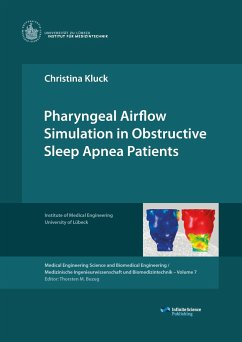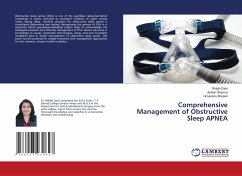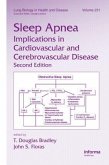The air flow to the lungs is disturbed by a partial or complete collapse of the upper airways of patients suffering from Obstructive Sleep Apnea. Numerical simulations on patient specific models may be used to extract pathophysiological parameters like flow velocity and pressure distribution in the human pharynx and can evaluate the severity of the disease and the success of a therapy. In this work, Computational Fluid Dynamics are used to simulate the air flow in the natural pharyngeal geometry of a patient as well as in the deformed pharyngeal geometry of the same patient treated with a dental appliance. The simulations are performed with two different types of boundary conditions. It is found that a realistic choice of a pressure drop boundary condition shows a significant change in the pressure distribution for the different geometries. In using an inflow velocity as boundary condition a change in the dimensionless Reynolds number based on the flow velocity can be observed. However, a comparison of two different turbulence models showed no significant differences in the flow predictions.
Hinweis: Dieser Artikel kann nur an eine deutsche Lieferadresse ausgeliefert werden.
Hinweis: Dieser Artikel kann nur an eine deutsche Lieferadresse ausgeliefert werden.








